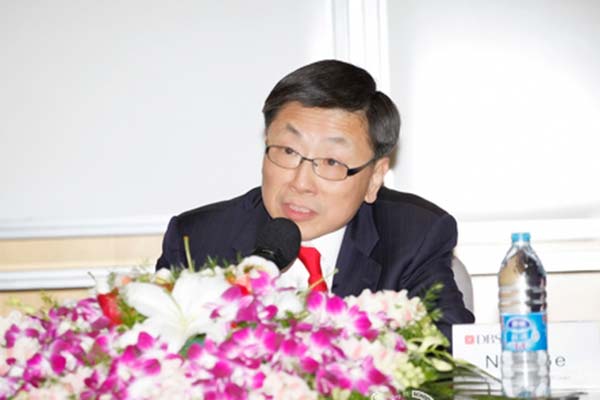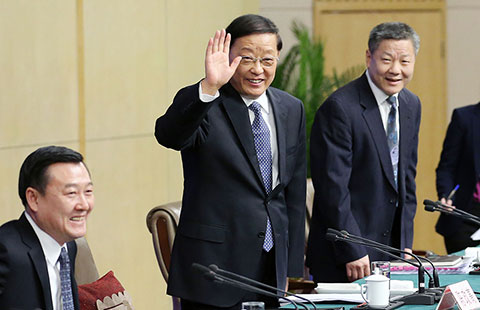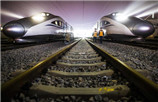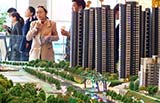Executives survey the prospects for China's future prosperity
(China Daily) Updated: 2016-03-16 09:54
 |
|
Neil Ge, Chief Executive Officer, DBS (China). [file photo] |
A2: As GDP growth slows, we have already started to see some noticeable trends that bode well for the year ahead. First, the service sector enjoyed higher growth (8.2 percent year-on-year last year), indicating greater potential ahead for the sector.
Second, we see that consumption contributed 66 percent to GDP growth last year, of which 70 percent came from private consumption, showing that the structural reforms have started to take effect. What's more, while retail sales held up well amid the slowdown, Internet-based retail was a real bright spot, accounting for 13 percent of retail sales last year.
Third, while we are having a national economic slowdown, some places, such as Shenzhen (GDP growth of 8.9 percent last year), where advanced manufacturing and innovation have replaced the low-added-value sectors, achieved much higher growth rates. These trends will shape what the future economy will look like and where opportunities lie ahead.
There will be challenges during the structural reforms, such as short-term pain, which could impede immediate growth and cause a deterioration of credit quality, etc. We understand the great urgency to address these issues, but it is also imperative that the corrective measures do not stand in the way of the reforms.
A3: Absolutely. As a bank, we will be able to support strategic initiatives such as the manufacturing upgrade, SOE reform as well as the Belt and Road Initiative, which are key areas of the supply-side reforms. We are ready to grow our client base, and work with clients from a strategic angle to review the opportunities, as well as mapping out the financial solutions needed to capture the business opportunities arising from the reforms.
A4: The rise in government spending, if used effectively and efficiently, will mostly end up as private consumption, and the easing of the tax burden will give companies more breathing room in the face of cut-throat competition. Both are good news for businesses, and much-needed stabilizing factors while businesses face headwinds from the economic slowdown and sluggish demand at the moment.
- Q&A Transcript: Overcapacity
- Q&A transcription: The five major social insurance programs and housing provident fund
- Q&A Transcript: New economy
- Q&A Transcription: China's economic growth and transition
- New growth engines will help economy to restructure, says Premier Li
- Q&A Transcription: Financial market
- Premier Li assures reform, protection of workers' interests
- Q&A Transcription: Shenzhen-Hong Kong Stock Connect
















